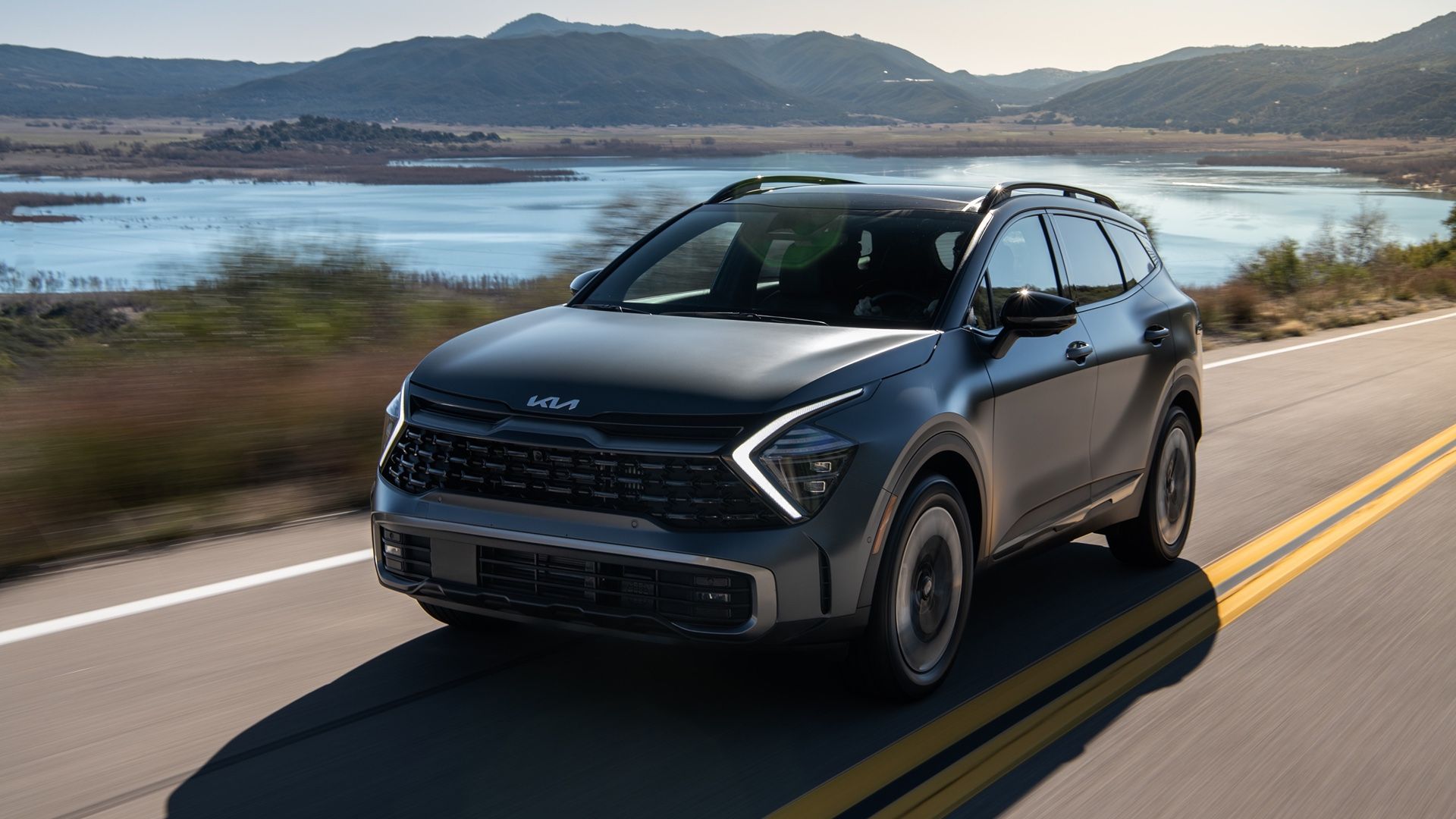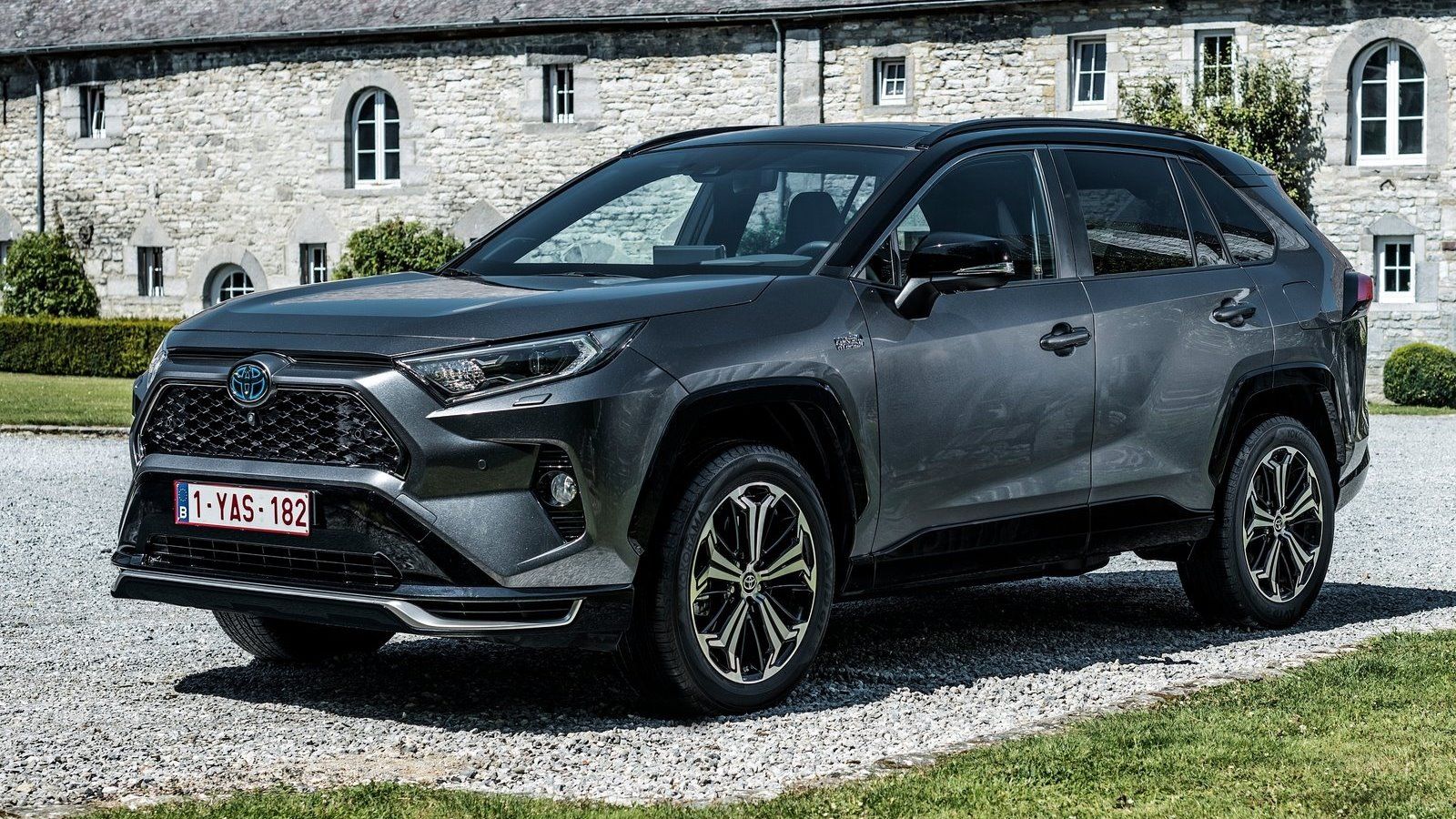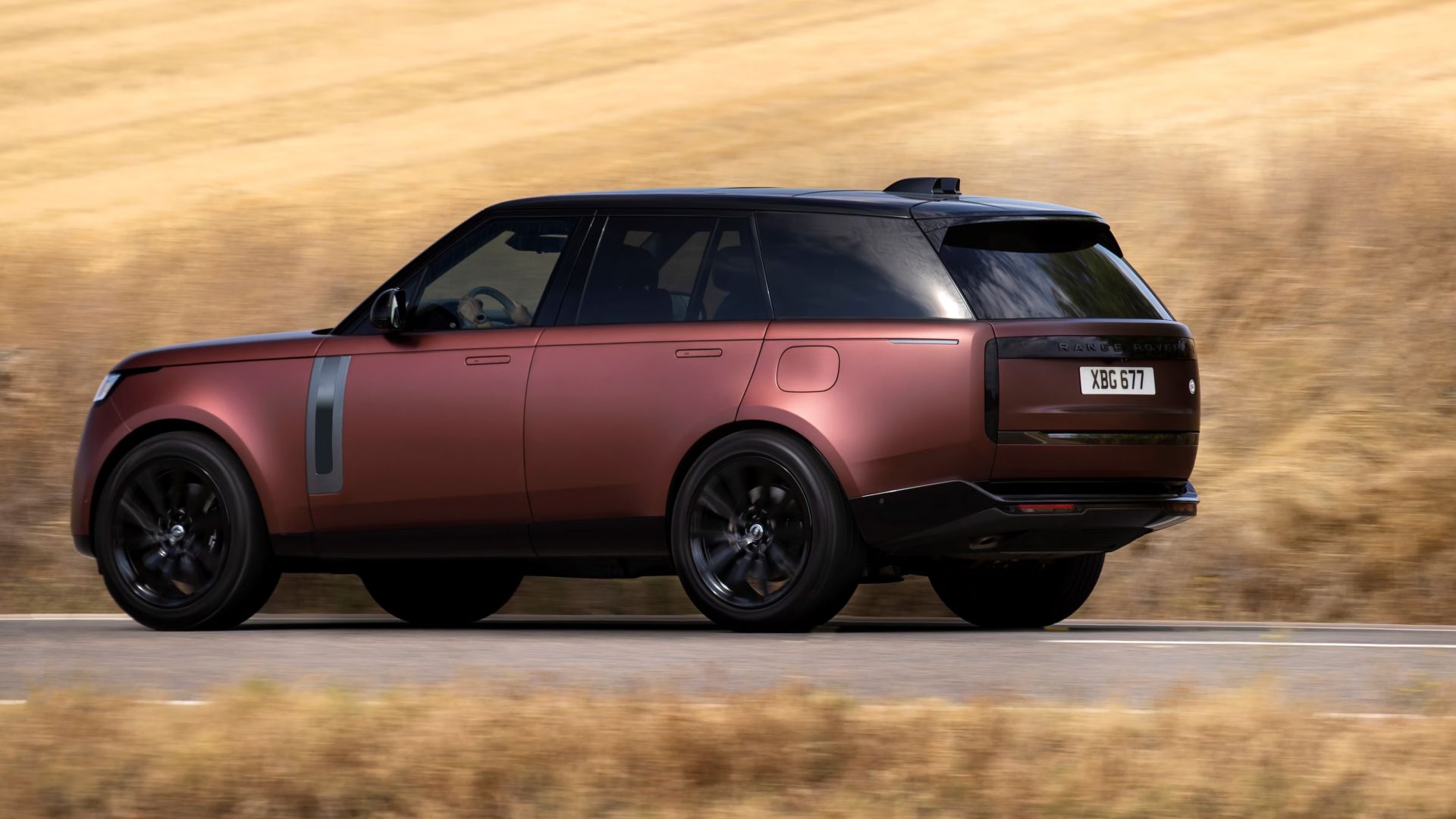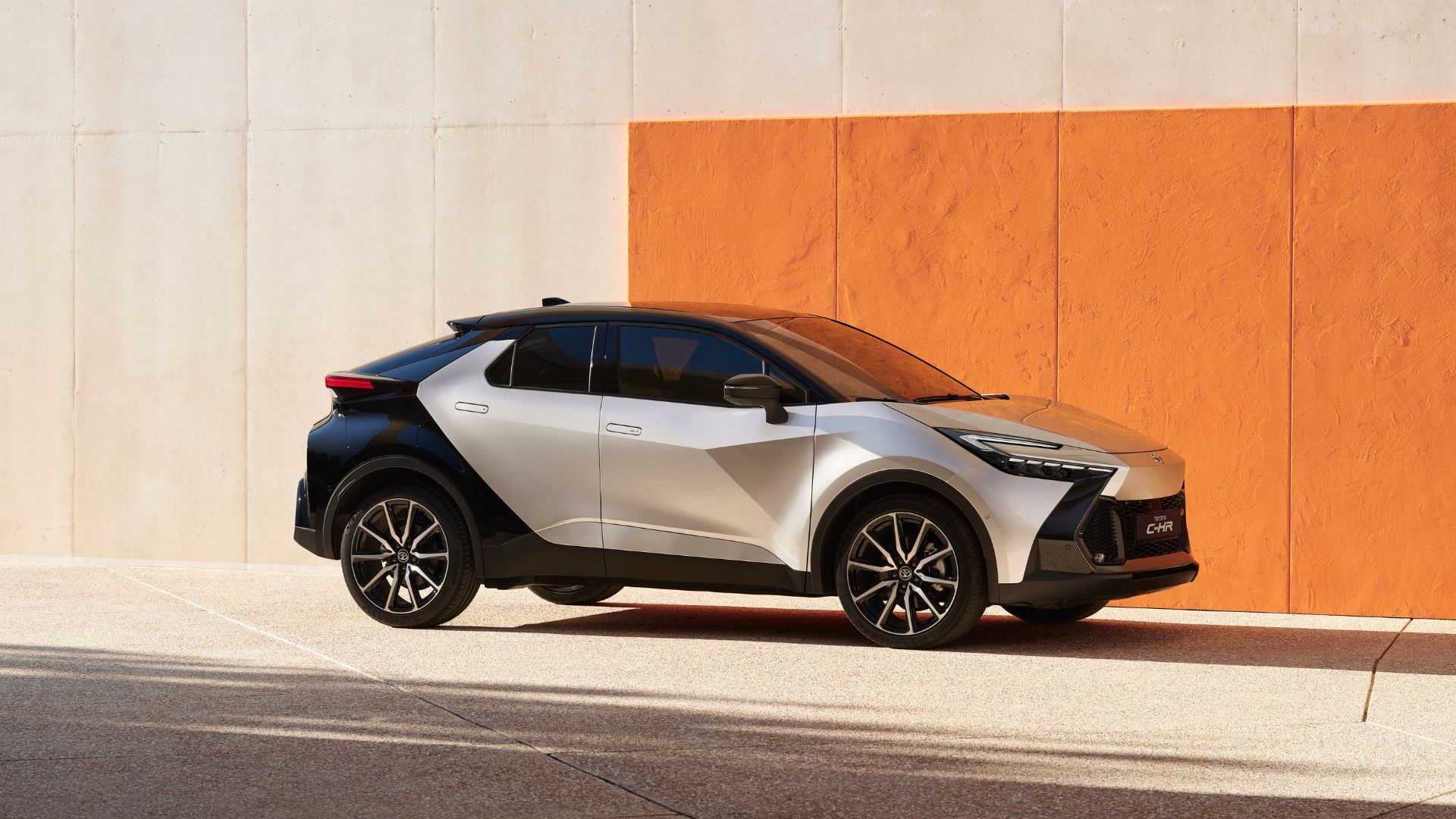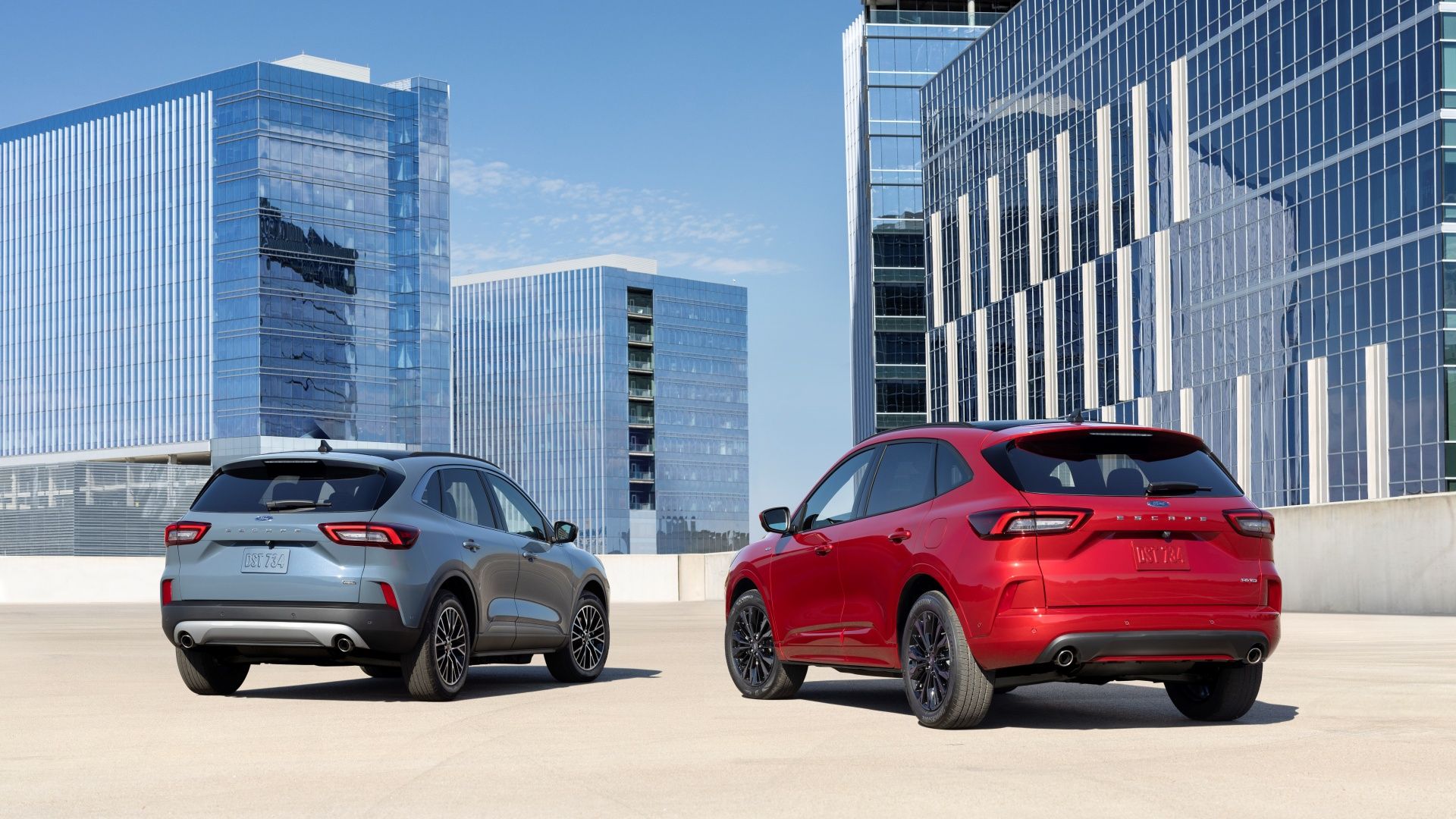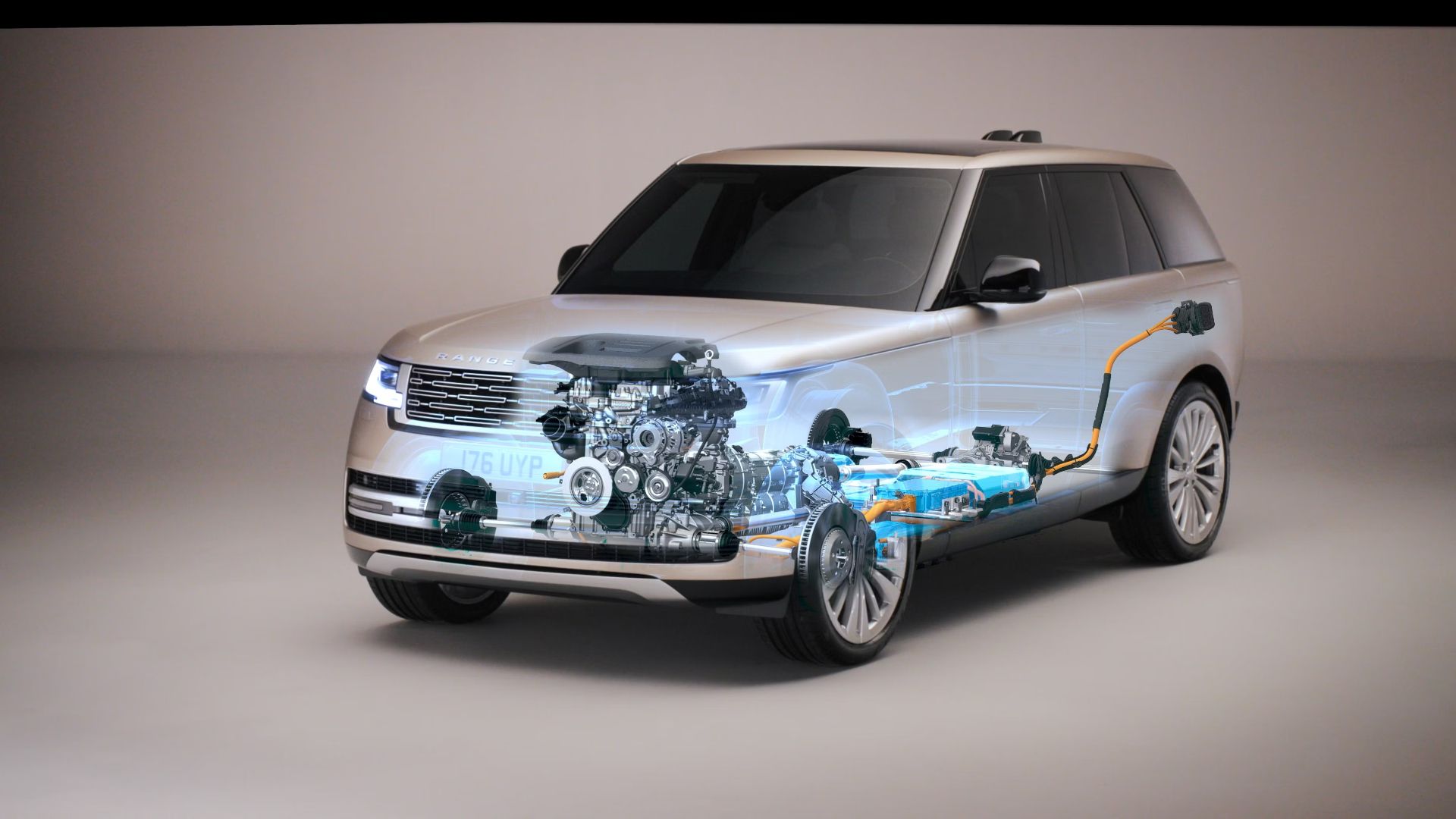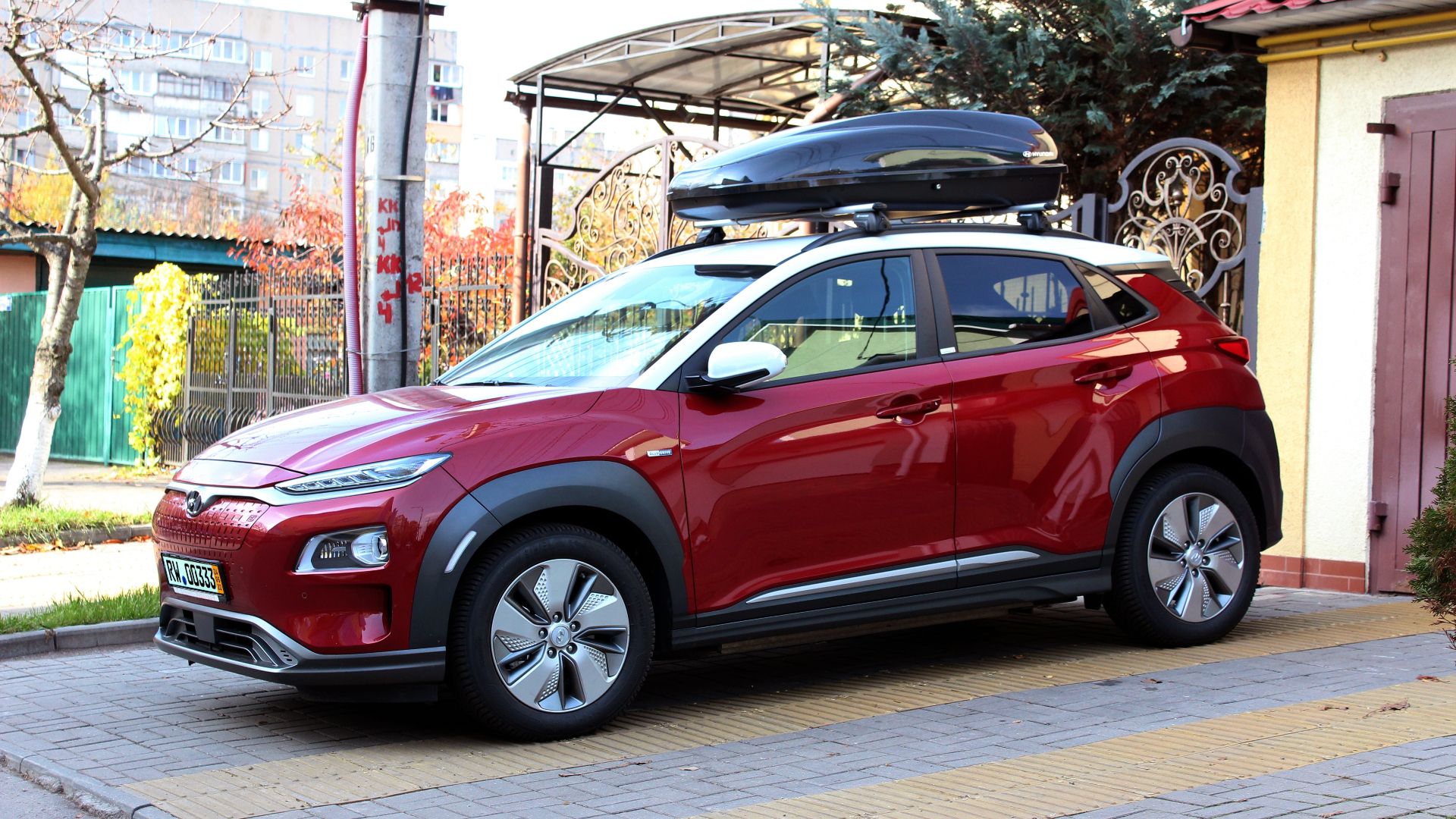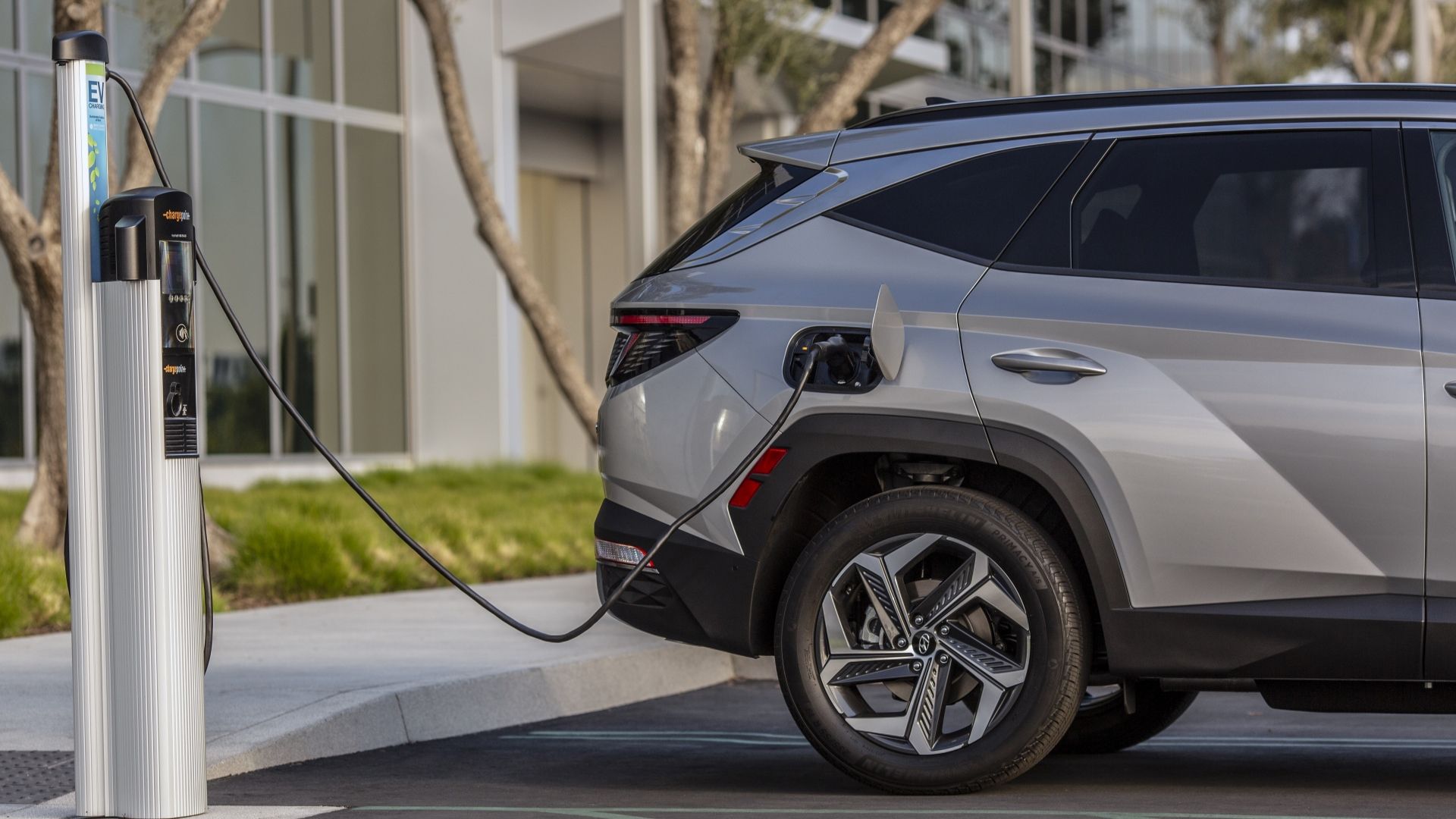Summary
- Drive smoothly and avoid aggressive acceleration and hard braking to conserve fuel and battery power in your plug-in hybrid vehicle.
- Limit your speed to 60 mph or less, as most PHEVs perform optimally at this speed range, improving energy efficiency.
- Make use of regenerative braking to recapture energy and extend your electric driving range, especially when driving in town.
Can you squeeze more electric driving range out of your plug-in hybrid vehicle? You might think the advice would change from one vehicle type to another, but that’s not the case. Other than using the regenerative braking system in a hybrid, PHEV, or EV versus the friction brakes in a gas or diesel-powered vehicle, there isn’t much difference in how to drive to get more range and efficiency from your ride.
When driving a plug-in hybrid vehicle, you won’t have the same range anxiety that plagues those behind the wheel of fully electric vehicles. The gas engine pairs nicely with the electric system to offer a much better driving range and efficiency in a PHEV. That said, you can use the ten life hacks below to extend the electric range and avoid tapping into the gas in the tank.
Using information from the NHTSA, MotorTrend, and Car and Driver, we’ve compiled a list of ten things you can do to improve your car’s efficiency. These tips work great for all types of vehicles.
1 Drive Smoothly – Avoid Fast Acceleration And Hard Braking
The harder you press the accelerator to take off from a stop, the more fuel you’ll use quickly. This could be the electricity from the PHEV battery pack or the gasoline that powers the engine. It’s much better to accelerate smoothly and evenly to avoid draining the batteries too quickly.
Avoid Being A Lead-Foot Driver
- Accelerate smoothly and gently
- Get up to speed at an even rate, not using hard acceleration
- Leave ample room ahead for smooth braking
- Brake slowly and gently when approaching a stop
- Engage the regenerative braking system to capture energy for the batteries
In addition to accelerating smoothly, you should also brake smoothly and easily when approaching a stop. This means leaving ample room to avoid hard braking and sudden stopping. PHEVs have a regenerative braking system; if you want to get the most driving range out of your vehicle, engage the regenerative braking system, especially when driving around town.
2 Slow Down – Batteries Work Better Under 60 MPH
Unless you’re driving on a road with a speed limit over 60 mph, limiting your PHEV to this speed improves the energy efficiency of your vehicle. Although speed limits increased over the past few decades, most automakers still build vehicles to perform optimally at 60 mph.
How Can You Slow Down?
- Reduce your speed by ten mph whenever possible
- Use your Eco mode while driving
- Avoid using the Sport mode
- Give yourself enough time to drive a little slower
The Department of Energy reports energy usage is reduced by as much as 14-percent when speeds are reduced by ten mph. Obviously, this doesn’t mean you have to crawl along and be a hindrance to other drivers, but when you keep your speed to 60 mph or less, your vehicle operates at its optimal efficiency.
3 Maximize Regenerative Braking – Let Your PHEV Slow You Down Naturally
Any vehicle with an electrified powertrain is also equipped with regenerative braking. This system is typically engaged when you lift off the accelerator, turning your plug-in hybrid vehicle into an energy generator. This recaptured energy is sent to the batteries, allowing your electric driving range to last longer.
Benefits of Regenerative Braking
- Adds energy to the electric batteries
- Slows the vehicle naturally, saving the friction brakes
- Increases PHEV efficiency
Some PHEVs have a lift-pedal system, while others have a one-pedal system which is more efficient than using friction brakes to slow the vehicle. Even if you have to engage the traditional brakes, you’ll still recover some energy, sent to the batteries.
4 Avoid The Heater – Heaters Drain Battery Power
It’s been proven that electric vehicles perform poorly in cold temperatures compared to regular, mild temperatures. The same goes for plug-in hybrid vehicles but on a lesser scale. The energy required to operate your heater typically comes from the battery pack, which reduces your driving range.
How Can You Reduce Heater Use?
- Dress warmly for the cold temperatures
- Park your PHEV in the garage
- Operate the heated seats and steering wheel instead of the vehicle’s heater
The energy required to operate heated seats and a heated steering wheel is much less than it takes to warm the entire cabin to a comfortable temperature. Additionally, if your PHEV is parked in a garage, you won’t need to run a heater to defog the windows, which can be covered with ice and snow when parked outside.
5 Limit The AC – Your AC Is Your Plug-In Hybrid Enemy
During the hot summer months, it might feel impossible to drive your plug-in hybrid without operating the air conditioning. Still, if you enjoy a breeze coming into your vehicle, opening a window or two is a more efficient option. Operating the air conditioning can drain the battery power rapidly, leaving you with nothing but the gas engine during your ride.
When Should You Use Your AC?
- When the temperatures are absolutely unbearable
- While driving at higher speeds – open windows create more drag
- During times when you want to avoid sweating
The best way to utilize your air conditioning and stay comfortable is to start operating it while the vehicle is plugged in, allowing your PHEV to charge and cool simultaneously. This is called pre-cooling, and it’s a good way to combat extreme summer heat.
6 Tires – Tires Win Races, And Improve Driving Range
During the movie “Days of Thunder,” the line “tires are what win races” was uttered famously. While we’re not suggesting you take your PHEV out to a track for a fast lap, your tires and their condition are one of the most important ways to ensure you enjoy maximum driving range in your vehicle.
Create A Tire Care Schedule
- Check inflation levels at least once a month
- Inspect the tires for proper tread when checking inflation levels
- When the air temperature changes by 10 degrees, check your tires
- Set a calendar alert or alarm to check your tires
Tires are the only part of your car that touches the road. Proper inflation is extremely important, but some experts suggest that more than 25% of vehicles on the road have improperly inflated tires. Some vehicles include tire pressure monitoring systems, which alert the driver when one or more tires aren’t properly inflated.
7 Lighten The Load – Don’t Carry Stuff You Don’t Need In Your Vehicle
Why do you have a Christmas tree in the trunk of your car? Will you actually use those camp chairs this week? Is there room in your trunk for a load of groceries? If you’re like many drivers, you’re likely carrying as much as 100 pounds of extra cargo that’s completely unnecessary. This cargo decreases the efficiency of your PHEV by 1-2% per 100 pounds.
Common Junk In The Trunk
- Donation items you forgot to drop off
- Folding camp chairs
- Coolers
- Books
There’s nothing wrong with an emergency kit that can make you more comfortable if your vehicle breaks down, but you don’t need your entire home in the trunk of your car. If you can’t fit your child’s backpack from school or a few groceries in this rear area, it’s time to clean it out.
8 Avoid The Accessories – Keep Your PHEV Aerodynamic
Some vehicle accessories are useful while still reducing the driving range of your plug-in hybrid vehicle. This means you’ve got to choose what you need and want on your vehicle at all times. The bulky cargo carrier is great during a road trip to your parent’s house but not something you should have on top of your vehicle during normal driving.
What Accessories Decrease Efficiency
- Roof Rack
- Cargo Carrier
- Winch
- Fender flares
- Larger mirrors
These are only a few of the accessories that could reduce the overall efficiency of your PHEV. You’ll want to avoid installing exterior accessories that you don’t need every day to get the best driving range. When you want to use these items, put them on when they are useful and then remove them.
9 Plan A Better Route – Avoid Traffic Delays Whenever Possible
Your navigation system should have an option for the most energy-efficient route, which aids in making your PHEV a bit more efficient. If you want to get the most driving range out of your battery pack, plan the route to avoid traffic delays and heavily traveled routes.
How Can You Plan A Better Route?
- Combine stops into one trip instead of several trips
- Avoid heavy traffic areas whenever possible
- Pay attention to navigation alerts to avoid accidents and slowdowns
- Drive at low-traffic times of the day if possible
Most drivers are well aware of rush hour traffic times. These are the times of the day typically associated with when most people drive to and from work. These are the best times to avoid running errands whenever possible.
10 Set An Alarm – Check The Batteries For A Full Charge When Plugged In
The PHEV batteries can slowly begin to self-discharge when they’ve finished charging. This means you’ll spend more on electricity and lose part of the driving range. A plug-in hybrid already has a limited electric-only driving range, so you want to avoid losing electric power whenever possible.
How Can You Get The Most Out Of Your Battery Charge?
- Read the owner’s manual for the manufacturer’s charging time
- Set an alarm to unplug the vehicle when it’s fully charged
- Allow the batteries to fully discharge between charges (this only works for PHEVs)
By timing the full battery charge, you’ll have the entire electric range of your PHEV before you hit the road. This is advantageous to the battery’s long-term health as well. Another tip is to charge during off-peak times, especially if your electric provider offers a lower rate.

